Are you curious about the lives of remarkable individuals? Here are the top person and artist museums in Lisbon:
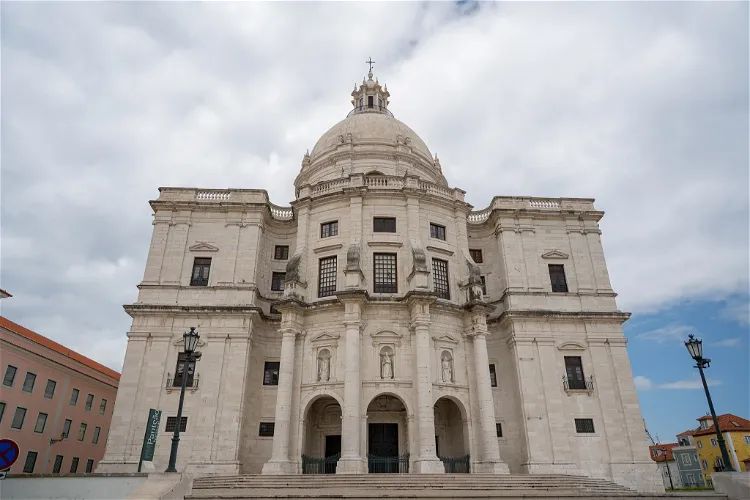
National Pantheon
LisbonThe Church of Santa Engrácia, a 17th-century monument in Lisbon, Portugal, serves as the National Pantheon. This historic site is the final resting place of many significant Portuguese personalities. Its location in the Alfama neighbourhood places it near another notable Lisbon monument, the Monastery of São Vicente de Fora.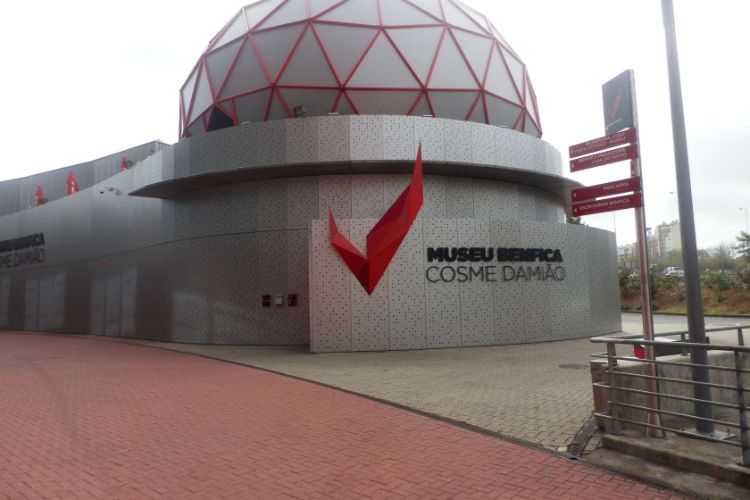
Museu Benfica - Cosme Damião
LisbonThe Museu Benfica – Cosme Damião is the museum of Portuguese sports club S.L. Benfica in Lisbon. The museum is named after the Portuguese football player-coach Cosme Damião, who was also one of the club's founders in 1904. This Benfica Museum contains 29 thematic areas including around 1,000 pieces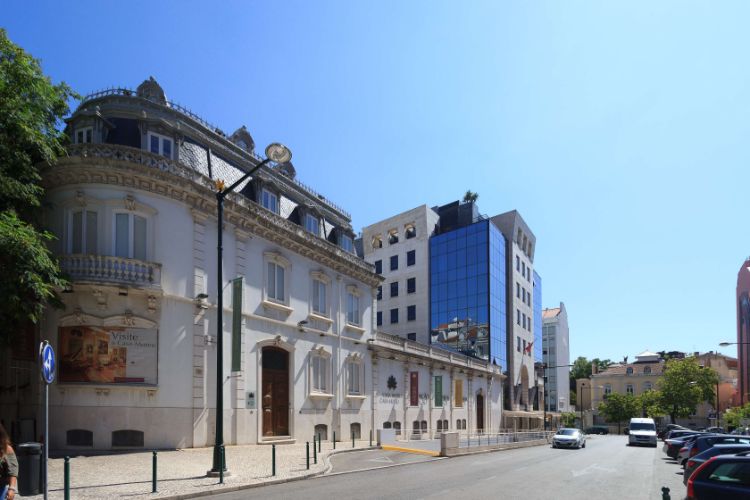
Museu António Medeiros e Almeida
LisbonThe Casa Museu Medeiros e Almeida is a museum founded in 1970 in Lisbon, located in the residence of its founder António de Medeiros e Almeida (1895-1986). The museum consists of 25 rooms that house paintings, sacred art, furniture, tapestries, glass art and jewelery that date from the 17th century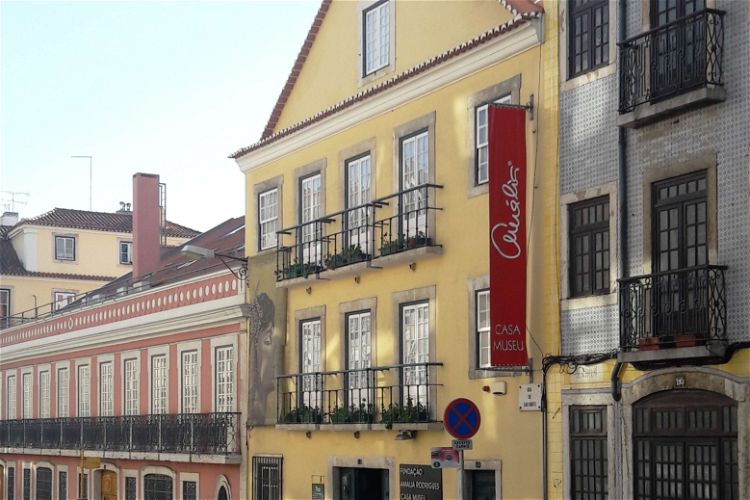
House Museum Amália Rodrigues
LisbonThe Casa-Museu Amália Rodrigues is a house museum dedicated to the Portuguese singer and actress, the star of the fado music genre. Her personal belongings are displayed here.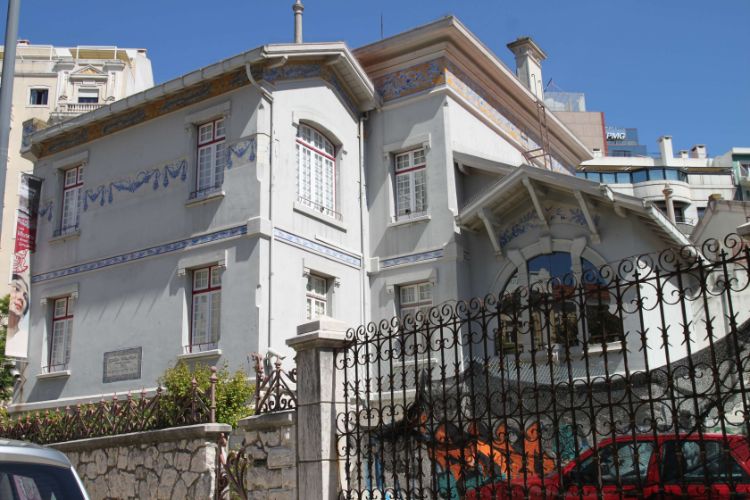
Casa-Museu Dr. Anastácio Gonçalves
LisbonThe Casa-Museu Dr. Anastácio Gonçalves, or Casa de Malhoa, is a house museum in Lisbon with furniture and decorative pieces arranged as a residential home. The house was designed by the architect Norte Júnior in 1904 - 1905 and was built with the purpose of serving as a house and work studio for the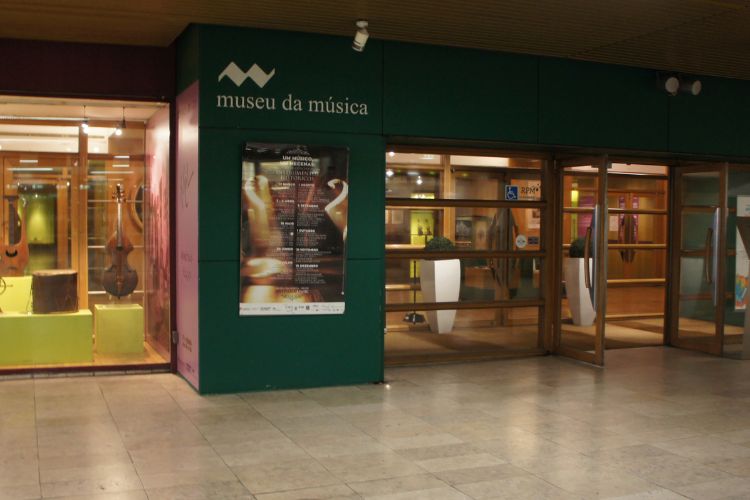
Museu da Musica
LisbonThe Museu da Música (Museum of Music) is a museum in Lisbon that exhibits musical instruments. A highlight in the collection of the Museu da Musica is the 1725 Stradivarius cello once owned and played by King Luís I of Portugal who ruled from 1861 to 1889.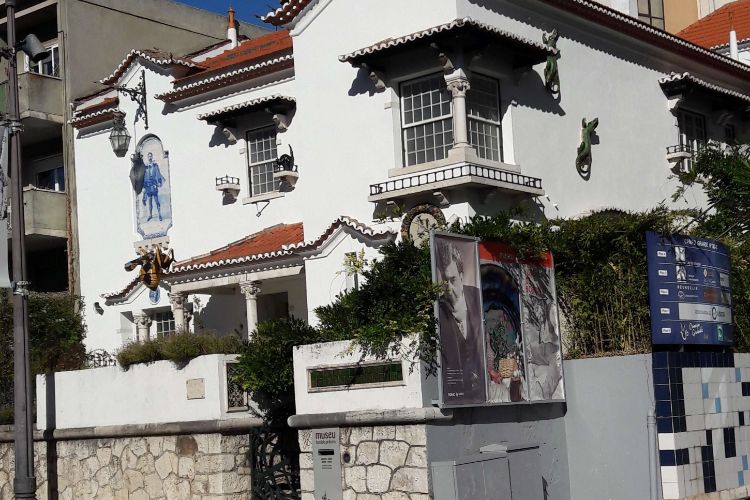
Museu Rafael Bordalo Pinheiro
LisbonThe Rafael Bordalo Pinheiro Museum (Museu Rafael Bordalo Pinheiro) is a museum in Lisbon that is dedicated to Rafael Bordalo Pinheiro, the 19th century Portuguese artist known for his illustration, caricatures, sculpture, and ceramics designs. The museum contains sections with painting, ceramics and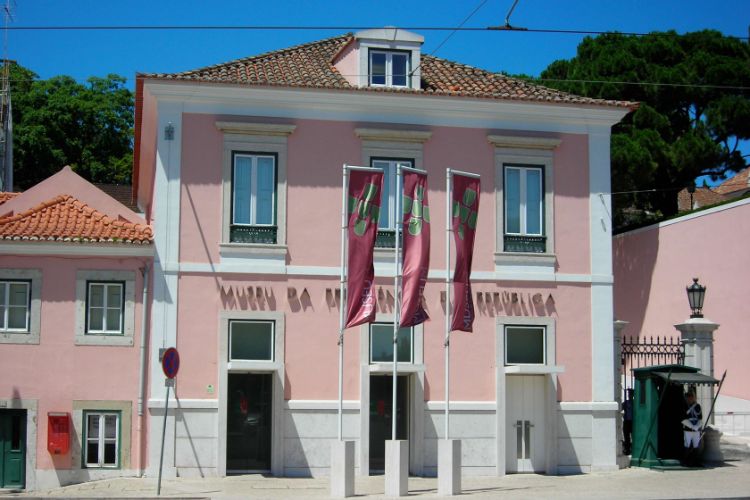
Museu da Presidencia da Republica
LisbonMuseu da Presidencia da Republica (The Museum of the Presidency of the Republic) is a presidential museum located in the Palace of Belém in Lisbon, dedicated to the history of the republic.
National Theatre and Dance Museum
LisbonThe National Theatre and Dance Museum (Museu Nacional do Teatro e da Dança) is a museum in Lisbon with a collection that consists about 260,000 pieces, costumes and stage props, sets, costumes, drawings, cartoons, programs, posters, postcards, manuscripts, leaflets, paper theaters from the 18th to 2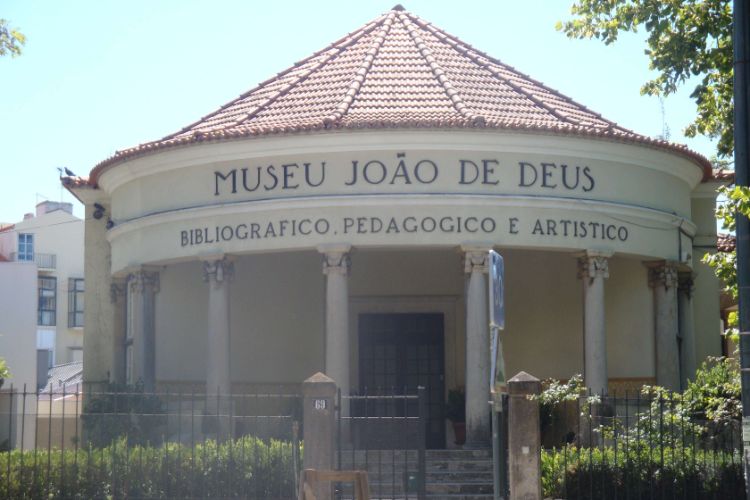
Joao de Deus Museum
LisbonThe João de Deus Museum is a house museum with a bibliographic, pedagogical and artistic character. It is dedicated to João de Deus, who was one of the greatest Portuguese poets of his generation (1830 – 1896). The museum has two objectives: to be a monument to the poet and also a library to support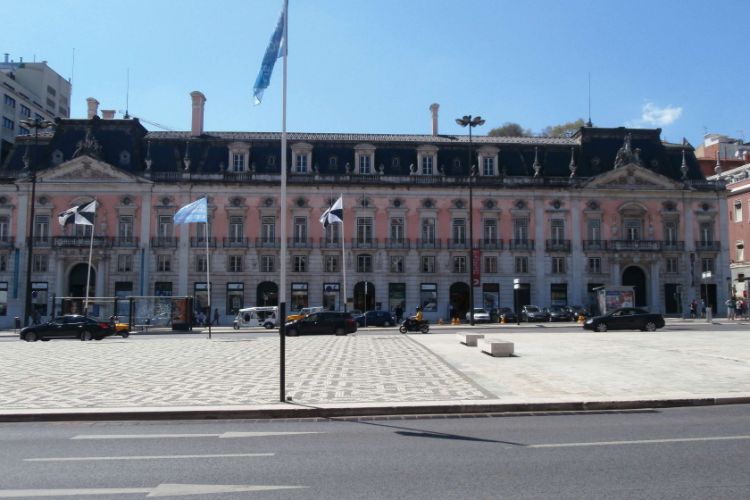
Museu Nacional do Desporto
LisbonThe National Sports Museum of Portugal (Museu Nacional do Desporto) is a museum in Lisbon that is located in the center of Lisbon, in the Foz Palace. It was inaugurated in 2012, the year in which Portugal celebrated 100 years of participation in the Olympic Games. The Museum also houses the National- 12
The Doll Hospital
LisbonThe Doll Hospital (Hospital de Bonecas) in Lisbon is a place where you can bring your doll to get better: a doll repair shop. It is home to the hundreds of dolls and the family that created it. All the dolls that were never claimed were added to the collection of the museum: The Doll Hospital Museum - 13
Fundação Arpad Szenes-Vieira da Silva
LisbonThe Fundação Arpad Szenes-Vieira da Silva is an institution in Lisbon. The museum is dedicated to the two artists Arpad Szenes and Maria Helena Vieira da Silva. Its collection covers a period of the painting and drawing production of the two artists: from 1911 to 1985 (of Árpád Szenes) and from 1926